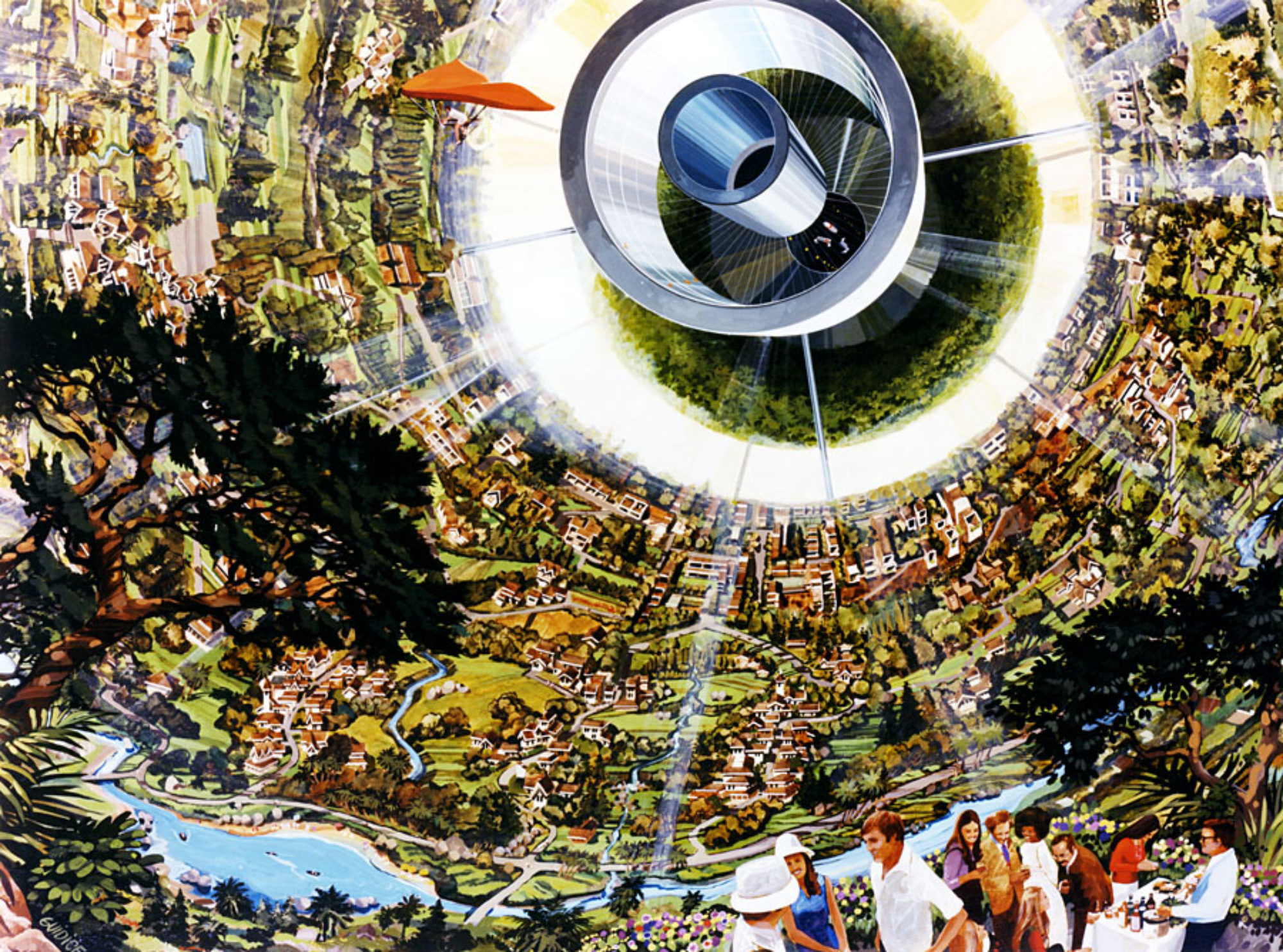
Once cheap access to space is realized, probably the most important technological challenge for permanent space settlements behind radiation protection and artificial gravity is a robust environmental control and life support system (ECLSS). Such a system needs to be reliably stable over long duration space missions, and eventually will need to demonstrate closure for permanent outposts on the Moon, Mars or in free space. In his thesis for a Master of Science Degree in Space Studies, Curt Holmer defines the stability of the complex web of interactions between biological, physical and chemical processes in an ECLSS and examines the early warning signs of critical transitions between systems so that appropriate mitigations can be taken before catastrophic failure occurs.
Holmer mathematically modeled the stability of an ECLSS as it is linked to the degree of closure and the complexity of the ecosystem and then validated it against actual results as demonstrated by NASA’s Lunar-Mars Life Support Test Project (LMLSTP), the first autonomous ECLSS chamber study designed by NASA to evaluate regenerative life support systems with human crews. The research concluded that current computer simulations are now capable of modeling real world experiments while duplicating actual results, but refinement of the models is key for continuous iteration and innovation of designs of ECLSS toward safe and permanent space habitats.
This research will be critical for establishing space settlements especially with respect to how much consumables are needed as “buffers” in a closed, or semi-closed life support system, when the model’s metrics indicate they are needed to mitigate instabilities. Such instabilities were encountered during the first test runs of Biosphere 2 in the early 1990s.
As SpaceX races to build a colony on Mars, they will need this type of tool to help plan the life support system. Holmer believes that completely closed life support systems for relatively large long term settlements are at least 15 to 20 years away. That means that SpaceX will need to resupply materials and consumables due to losses in their initial outpost who’s life support system in all probability will not be completely closed during the early phases of the project over the next decade. Even SpaceX cannot reduce launch costs low enough to make long term resupply economically viable. They will eventually want to drive toward a fully self sustaining ECLSS. That said, depending on how the company funds its initiatives and sets up it’s supply chains, they may not need a completely closed system for quite some time.
Of course there are sources of many of the consumables on Mars that could support a colony but not all the elements critical for ecosystems, such as nitrogen, are abundant there. There are sources of some consumables outside the Earth’s gravity well which could lower transportation costs and extend the timeline needed for complete closure. SSP covered the SHEPHERD asteroid retrieval concept in which icy planetesimals, some containing nitrogen and other volatiles needed for life support, could be harvested from the asteroid belt and transported to Mars as a supply of consumables for surface operations. TransAstra Corporation is already working on their Asteroid Provided In-situ Supplies family of flight systems that could help build the infrastructure needed for this element of the ecosystem. It may be a race between development of the competing technologies of a self-sustaining ECLSS vs. practical asteroid mining. The bigger question is if humans can thrive long term on the surface of Mars under .38G gravity. In the next century, O’Neill type colonies, perhaps near a rich source of nitrogen such as Ceres, may be the answer to where safe, long term space settlements with robust ECLSS habitats under 1G will be located.
Curt Holmer appeared recently on the The Space Show discussing his research. I called the show and asked if he had used his modeling to analyze the stability of ecosystems sized for an O’Neill-type colony. He said he had only studied habitats up to the size of the International Space Station, but that it was theoretically possible to analyze this larger ecosystem. He said he would like to pursue further studies of this nature in the future.











